Column: Xizang in the new era: balancing heritage, sustainability and shared prosperity
Source: Xinhua
Editor: huaxia
2025-08-22 18:43:17
Xizang's development, grounded in cultural preservation and driven by modern infrastructure and innovation, offers a compelling model for integrating ethnic minority areas into a unified yet pluralistic nation.
by Maya Majueran
Perched on the vast Tibetan Plateau aptly called the "Roof of the World" for its average elevation exceeding 4,500 meters, Xizang has long been a region of unique cultural and ecological significance.
Xizang has seen human activity for thousands of years, with early communities adapting to the high-altitude environment and engaging in cultural exchanges with neighboring regions. Historical interactions, such as the marriage between Princess Wencheng and Tibetan King Songtsen Gampo during the Tang Dynasty (618-907 CE), facilitated the exchange of Buddhist scriptures, agricultural techniques and medical knowledge. The Potala Palace in Lhasa remains a symbol of this historical and cultural integration.
Since Xizang was officially incorporated into the centralized administration of the Yuan Dynasty (1271-1368), the region has consistently been under effective administration of the central government.
Under the leadership of the Communist Party of China (CPC), Xizang has undergone a dramatic transformation. The construction of the Qinghai-Tibet Railway, the world's highest, along with a network of highways and airports, has integrated the plateau more closely with China's inland regions. In recent years, the majority of townships in Xizang have gained access to 5G coverage, enabling services such as telemedicine and remote education to reach nomadic and rural populations. Paved roads, renewable energy, and digital governance systems have also been brought to even the most remote areas, closing infrastructure gaps and uplifting communities.
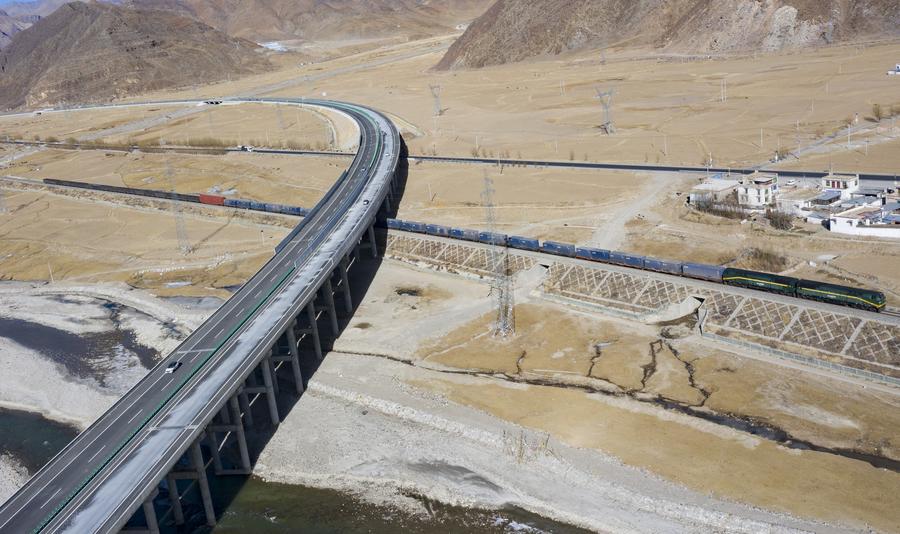
Xizang's economy has diversified well beyond traditional tourism. Large-scale investments in solar and hydropower projects now tap into the region's renewable energy potential, while organic farming has gained prominence, providing both nutritional staples and exportable goods.
Digital platforms are increasingly empowering rural artisans and farmers through e-commerce, creating access to broader markets. Official statistics showed that Xizang's GDP reached 276.5 billion yuan in 2024, 155 times that of 1965, and by 2020, the region had successfully eradicated absolute poverty, in alignment with national poverty-alleviation goals.
Amid this modernization, cultural preservation has remained a priority through both state support and community participation. Historical monasteries have been restored with government funding, ensuring their continued religious and cultural roles. Traditional Tibetan crafts, including thangka painting, wool weaving, and incense-making, are flourishing through artisan cooperatives, which marry cultural heritage with modern entrepreneurial opportunities. Educational reforms have also had a notable impact, with bilingual instruction in Tibetan and Mandarin enabling greater access to higher education.
Religion continues to be an integral part of Tibetan life. Pilgrimages to sacred sites like Mount Kailash remain common, while digital platforms now offer new ways for younger generations to access Buddhist teachings.
Environmental stewardship has also become a defining feature of the region. As the source of Asia's major rivers, Xizang's glaciers and ecosystems form a vital part of China's ecological security. Through initiatives such as the "Third Pole Environment" program, China is working with international partners to monitor glacial melt, biodiversity and water resources in Xizang, providing valuable data to guide reforestation, conservation and sustainable development policies.
Tourism remains a pillar of Xizang's economy, with millions visiting landmarks such as the Potala Palace, Mount Everest Base Camp and Namtso Lake each year. Government-backed "green tourism" efforts seek to create jobs while safeguarding Xizang's natural and cultural heritage. Internationally, Xizang is engaging more in cross-border exchanges, from forums on alpine ecology and Buddhist studies to the China Xizang Tourism and Culture Expo, which fosters global collaboration and investment.
Meanwhile, technological innovation is expanding opportunities across the Tibetan Plateau. AI-powered speech tools help herders access services via smartphone, blockchain ensures traceability of yak dairy, drones deliver medical supplies to remote monasteries, and IoT-equipped greenhouses have raised crop yields by 40 percent in high-altitude areas. Developed with local communities, these initiatives showcase a model of inclusive innovation and grassroots empowerment.
Xizang's growing integration with the national development is reflected in culture, education and sports. From Lhasa to Shigatse, students compete in national robotics championships, while traditional Tibetan ensembles tour abroad under state sponsorship. Whether through satellites tracking glacial change or Tibetan-script AI at national tech expos, many see these milestones not as assimilation, but as proof of Tibetan heritage contributing to China's technological and social progress.
Xizang's development, grounded in cultural preservation and driven by modern infrastructure and innovation, offers a compelling model for integrating ethnic minority areas into a unified yet pluralistic nation. This path of shared prosperity emphasizes growth, sustainability, and the preservation of identity, autonomy and mutual respect.
Editor's note: Maya Majueran currently serves as the director of Belt & Road Initiative Sri Lanka, an independent and pioneering organization with strong expertise in Belt and Road Initiative advice and support.
The views expressed in this article are those of the author and do not necessarily reflect the positions of Xinhua News Agency.■

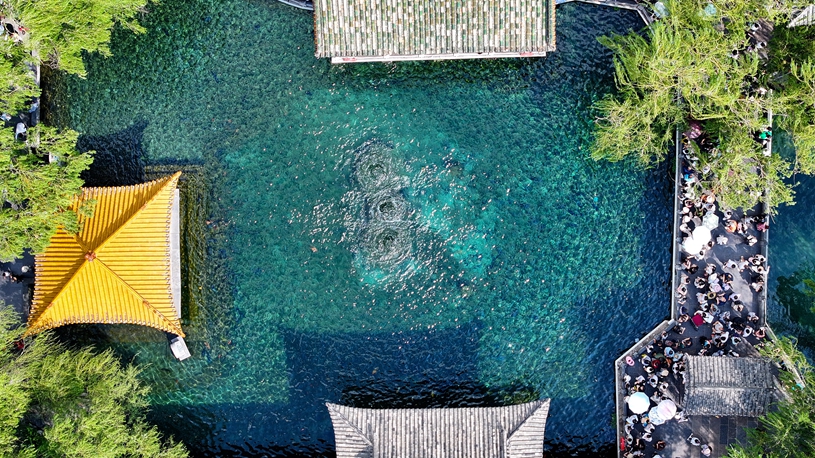
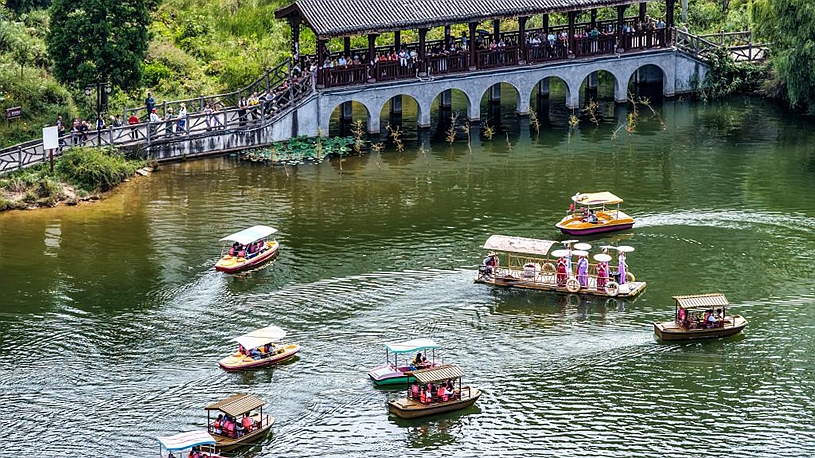
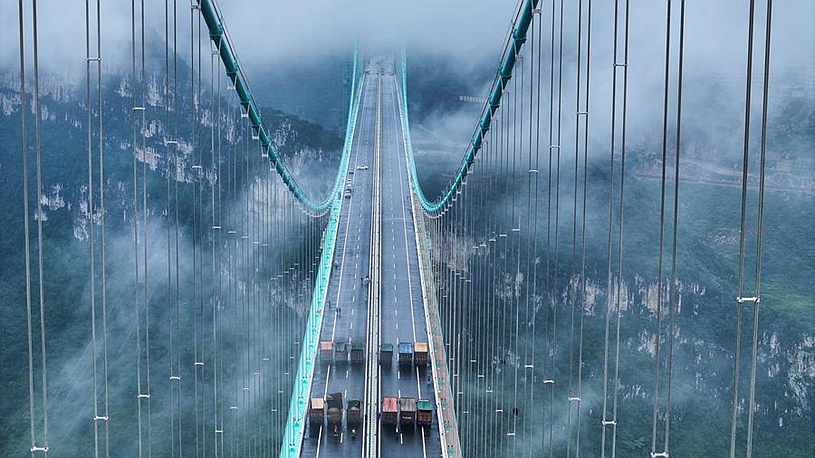
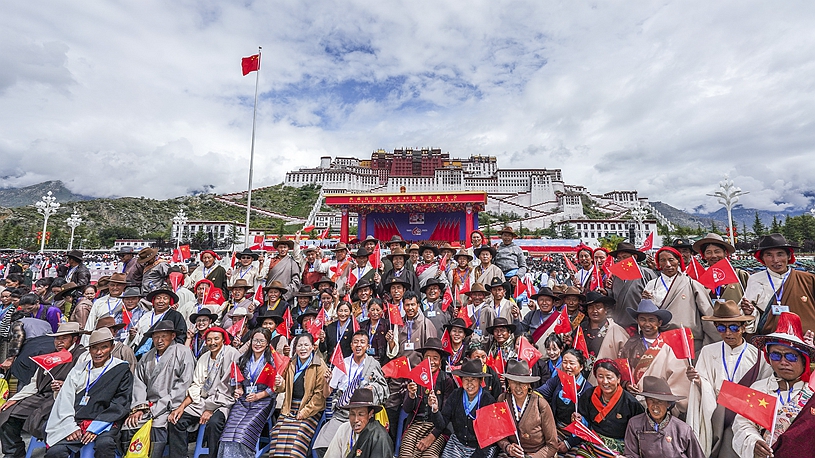


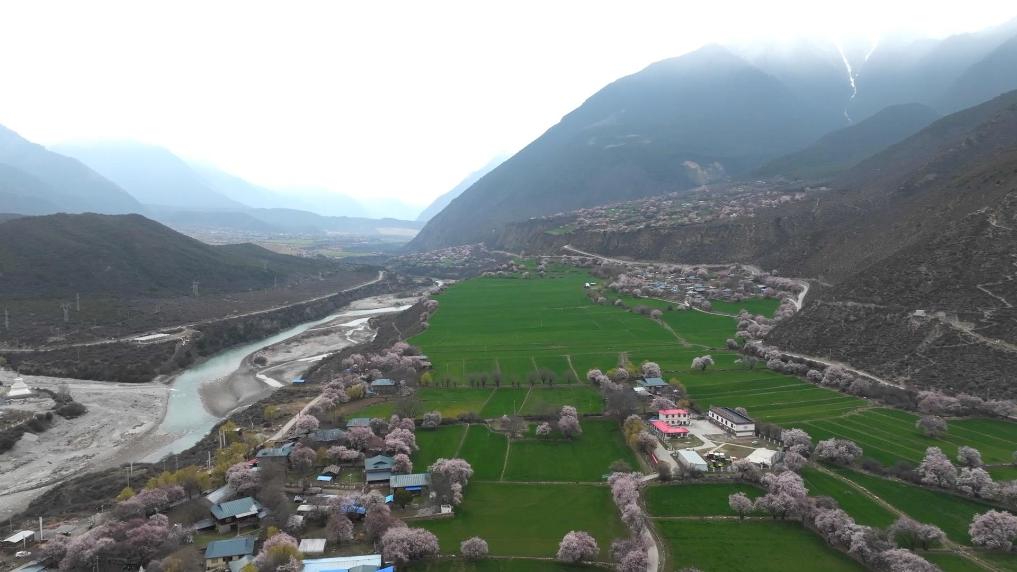
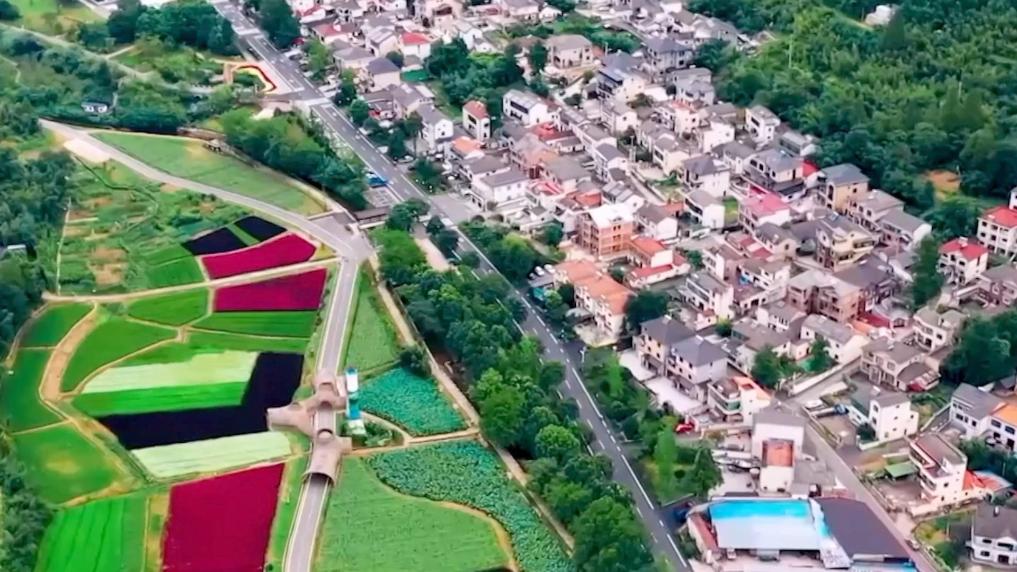
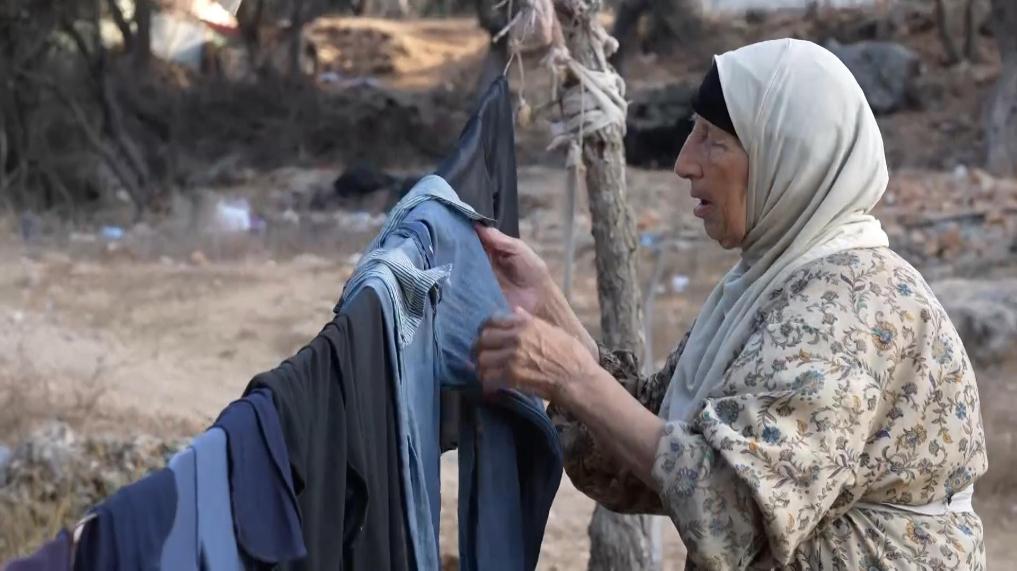



Comments